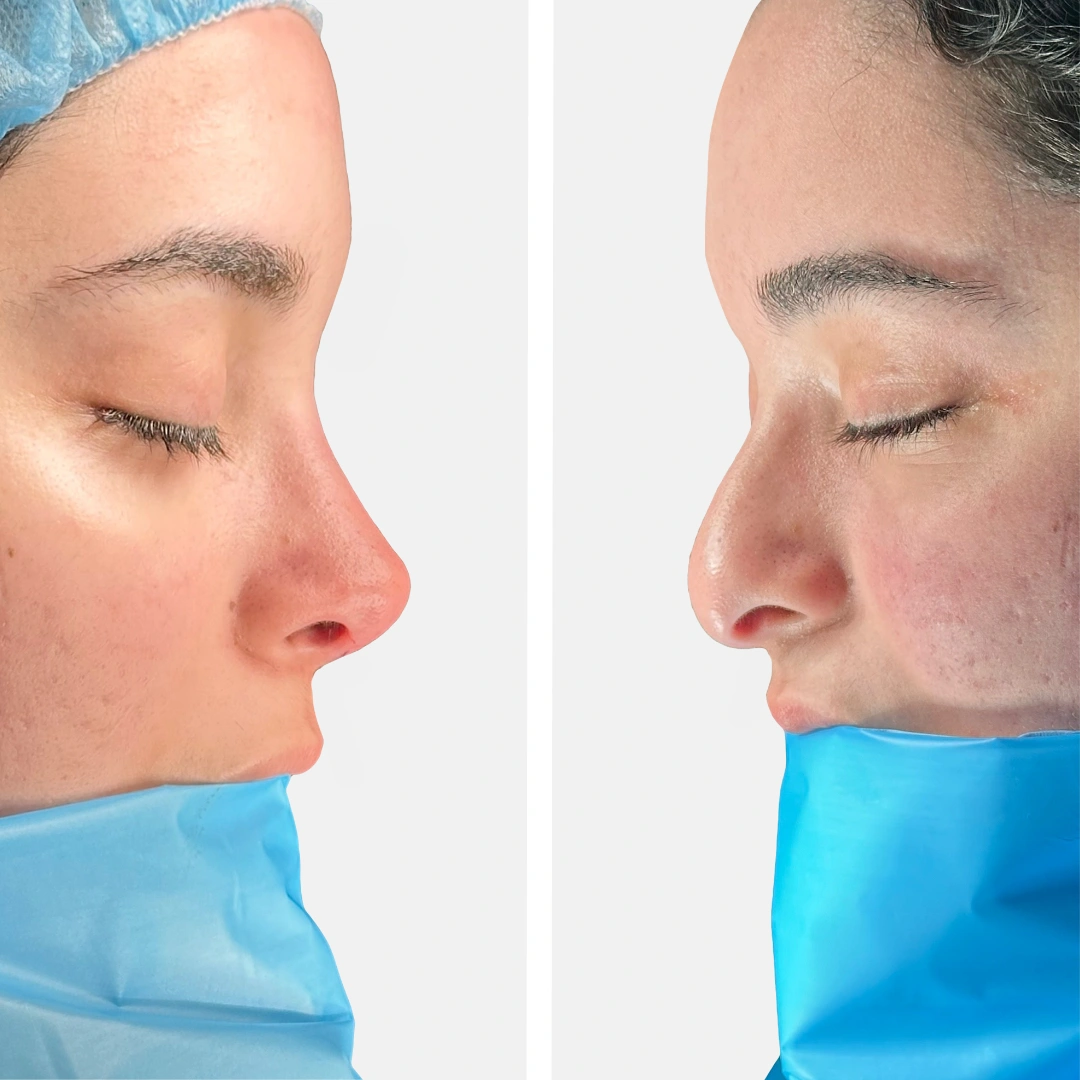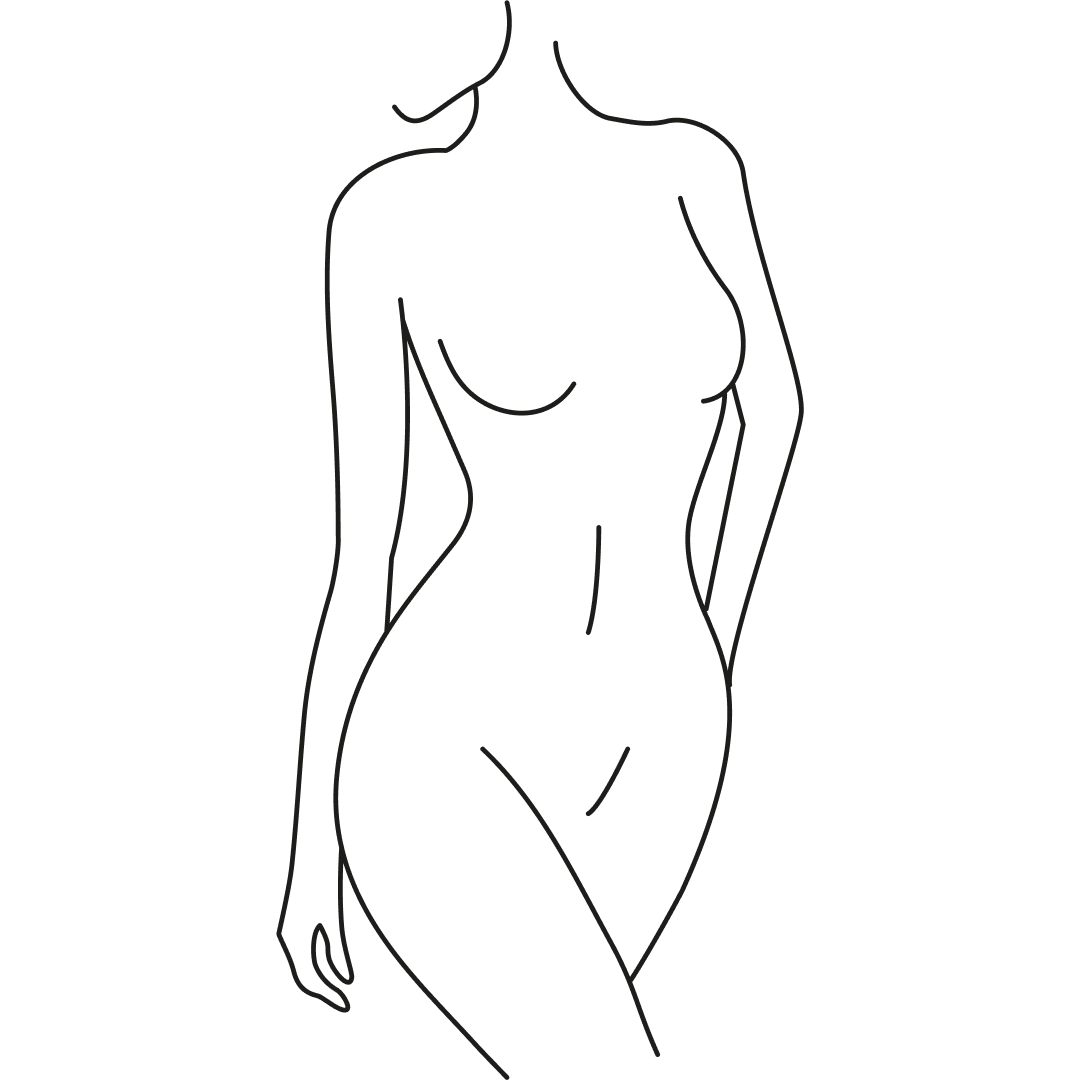Rhinoplasty or what is referred to as a “nose job” is a common surgical option required by patients who are unsatisfied with the shape or size of their noses, or those who experienced facial traumas that resulted in injuries.
Sometimes the injuries can cause deformities or fractures which lead to sleep disorders, breathing impairment or even worse.
In a nutshell, rhinoplasty is a requirement when it affects the patient’s quality of life or confidence.
Rhinoplasty is basically a plastic surgery procedure that aims to correct deformities or correct a birth defect by removing or reshaping proportions of the bone or cartilage in the nose.
Important info about Rhinoplasty
• Rhinoplasty aims to refine the shape of the nose and enhance the nasal function while bearing in mind the skin type and the patient’s facial artistry.
• The surgery can be performed for all ages, including the elderly and teenagers.
• Generally, patients must be in a good health condition and non-smokers, whereas smoking can result in poor blood circulation and damage of the tissues. As a result, healing can be very slow or leave serious scars.
A plastic surgeon should make sure their patients are well informed about the procedure and its risks as well as its benefits beforehand. Rhinoplasty is thought of as a safe surgery. However, it's important to undergo the operation if a surgeon with expertise is performing it, considering the sensitivity of that area.
When rhinoplasty is performed to improve nasal breathing and appearance. It will include removing the bony hump, reshaping the nasal tip, or performing an overall resizing to the nose.
Generally, Rhinoplasty or “nose job” operation takes between 1.5 hour to 3 hours, during which a surgeon makes incisions in the nostrils to perform radical changes to the shape. The surgeon makes other incisions as well among the tissues between the nostrils that can barely be seen and heals quickly after the surgery.
When a cartilage graft (malleable tissue) is needed, it is usually harvested from the patient’s nasal septum. If the surgeon decides that you need a secondary rhinoplasty or revision rhinoplasty, which aims to correct the deformities caused by previous procedures, cartilage can be harvested from the patient’s ear or rib.
Due to the possible need for cartilage replacement or implanting and the high risks of scarring, revision rhinoplasty is considered a critical procedure and must be performed by a skilled surgeon with expertise and proven medical record.
There is also a nonsurgical rhinoplasty or what is referred to as “liquid nose job”, usually done as an outpatient procedure with local anesthesia while the patient is awake but a little bit sedated.During the liquid nose job, the surgeon uses injectable Hyaluronic Acid underneath the skin to change the shape of the nose and its size without any surgical intervention.
Rhinoplasty Recovery: What to Expect
Since the nose tends to be a very sensitive area, patients might have concerns about how much pain to expect after the surgery.However, pain is the least to concern about when getting a nose job, most patients experience mild to moderate pain that is easily manageable with painkillers.However, patients might have discomfort during the initial stage of recovery due to the swelling and bruises in the under-eye area and the external and internal casts that last for a week after the surgery to protect the nose bones and cartilage and apply pressure on the soft tissue to prevent its expansion.
Patients must avoid exercises and strenuous activities like running and swimming and avoid wearing glasses for 4 to 5 weeks after the surgery.
Prior to the rhinoplasty surgery, Doctor Tarek Copty studies the case and conducts a complete examination to assess the overall medical condition of the patient. Also, your surgeon (Doctor Tarek Copty) will provide detailed information about how your nose is going to look after the surgery.
In order to educate the patients about their cases and the different stages of the rhinoplasty surgery, Doctor Tarek will provide detailed instructions to follow before and after the surgery.
In order to educate the patients about their cases and the different stages of the rhinoplasty surgery, Doctor Tarek will provide detailed instructions to follow before and after the surgery.Doctor Tarek Copty has performed thousands of plastic surgeries and he believes in the natural-looking and balanced results that create facial harmony and an aesthetic look. On top of that, Doctor Tarek Copty is specialized in multiple plastic surgeries including abdominoplasty, face-lifting, Liposuction, Gynecomastia, and breast resizing and reduction surgeries.
Final Thoughts
The nose has a complex structure consisting of cartilage and sensitive bones, where even the simplest changes to one part can affect other parts of the nose. Therefore, rhinoplasty requires a skilled surgeon with significant expertise to get impressive and natural-looking results.
Frequently Asked Questions (FAQs)
Is rhinoplasty performed in a hospital or a clinic? It is performed in a hospital.
What is the surgical incision and scarring? A small cut between your nostrils and the scar diminishes gradually until it totally heals and disappears within two months.
How long does it take to recover from a rhinoplasty? 7 days (A nose cast lasts for 7 days before removing it by your surgeon)
How long does a rhinoplasty surgery take? It takes between 1.5 hours and 3 hours.
When can you go home after a rhinoplasty (nose job)? You can go home on the same day as your surgery.

For more before & after pictures click here.
